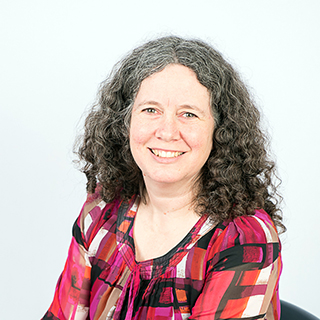Molecular Regulation of Choroid Neovascularization
Principal Investigator
Project Goals
In neovascular age-related macular degeneration (AMD), the sprouting of new blood vessels (angiogenesis/neovascularization) leads to the death of the nerve cells of the retina. Neovascular AMD places a substantial burden on patients and the healthcare system. Current approaches to block new blood vessels from forming are not effective in many patients and they have serious side effects. There’s an urgent need for effective new ways to prevent these faulty new blood vessels from forming, but not affect the health of retinal nerve cells or the normal blood vessels. To address this need, we are developing a genetic animal model where we can rapidly identify novel, safe and effective drugs for the treatment of neovascular AMD.
Project Summary
Imagine how difficult it is for a patient and their family and friends when they lose vision, as is the case in a disorder such as age-related macular degeneration (AMD), where the unexpected sprouting of weak and leaky new blood vessels leads to death of the nerve cells of the retina. Current approaches to block new blood vessels from forming are not effective in many patients and they have serious side-effects, and new therapies are needed. Our overarching goal is to investigate a mechanism that we think ensures just the right amount of blood vessel growth around the eye as it first forms in the embryo, with the hope that it can be reintroduced into the adult AMD eye to block the growth of the faulty and dangerous blood vessels. To do this we need to understand how this mechanism works normally, so we will test this therapeutic approach using an animal model where the pathway regulating normal retinal blood vessel growth has been removed genetically. We can then ask whether blood vessels overgrow in the absence of this regulatory pathway; whether overgrowth causes fluid loss from the vessels that in turn causes eye cells to die; and how the eye might try to recover even without any other intervention. Once we know how this pathway works, and what happens to eye cells when it isn't around, we will conduct some safety experiments to make sure that the therapy we’ve devised to replace this cell growth pathway, when active in an adult eye, won't harm eye cells. To do that we will activate the pathway in adults of this zebrafish model using gene manipulation techniques, then test the health of eye cells. Then we will be ready to start testing this new therapeutic approach in an experimental animal model where we have induced pathological blood vessel growth, in order to figure out the exact experimental parameters where we can best mimic the kind of vessel growth we see in AMD. By the end of the two years, we will have worked out how good this experimental approach is at preventing blood vessel growth, and also any possible side effects on healthy eye cells. If everything looks good, we will have a model of pathological blood vessel growth in hand, and we can get down to the business of seeing whether the proposed therapy helps shut down bad blood vessel growth and protects eye cells.
First published on: September 20, 2017
Last modified on: November 19, 2024
